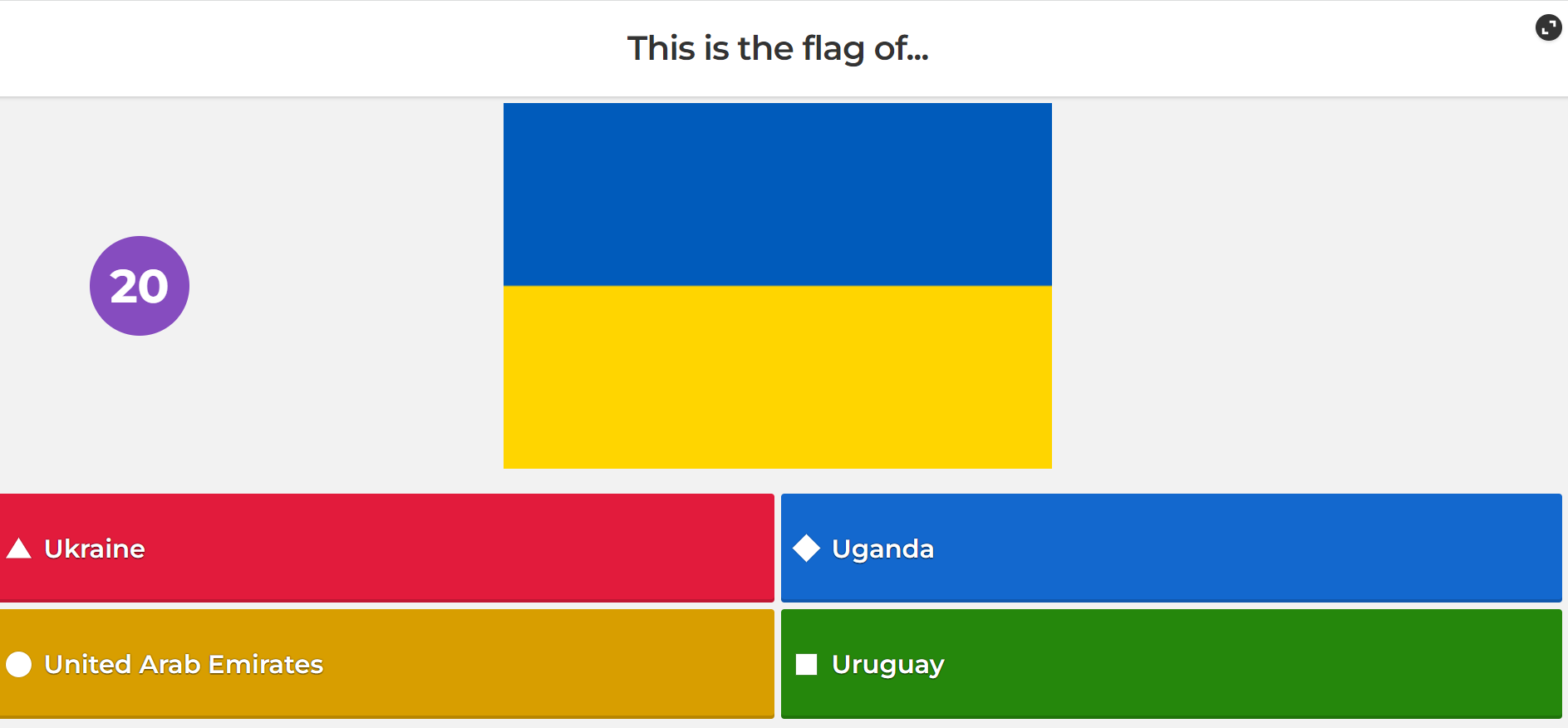The ability
to write down information is one of the crucial inventions for humanity. It is
how we communicate, teach, and share ideas and discoveries. It allows
formulating, recording, and protecting any type of data. And it is fascinating
to see how much writing tools have evolved throughout history.
In the modern
world, a lot of writing is actually typed. Office workers type letters and
presentations, and students type their essays, case studies, or term papers.
Sure thing, we still write by hand but much less than even 20-30 years ago.
Of course,
students might feel like they have enough writing in college. There are plenty
of assignments to do and a constant lack of time. But with this hustle of
fitting in with deadlines and academic requirements, it is easy to forget how
unique this ability is. Of course, it requires a lot of practice and effort
like any other skill. No wonder a lot of students do not feel confident in
their writing.
If this is
the case, there are plenty of helping resources out there, from online courses
to WritePaper.com,
a fantastic academic writing service. There, one can find not only excellent
advice but also professional help editing, proofreading, and writing or any
college assignment. If you are struggling with assignments or simply do not
have time, you can always ask for expert help!
And here is a
brief history of how all of that came to be.
Source https://unsplash.com/photos/QdRnZlzYJPA
It
All Started with Scratching
The earliest
way of putting information down was not about staining the surface. People
first learned to incise and engrave letters and pictures into various tools.
It is
believed based on archeological foundlings that first writing was developed in
Mesopotamia. And at that time, a tool every student should know about was a
clay tablet. They were used instead of paper, which will be invented much
later.
People drew
on wet clay tablets by hand. They could be re-used if still moist or baked to
keep them permanent.
In ancient
China, historians found engraving into animals’ bones or turtle shells.
However, it is hard to tell whether it was the only way to store information.
Maybe it is just the only one that survived due to its durability.
Greek and
Roman culture had another way of storing information – wax tablets. They used
styluses to carve words out. Wax tablets allowed erasing things and re-using
tablets. Those were basically the notebooks of the previous era. Students used
them to learn; others used them for drafting, making lists, or accountings.
But none of
those methods were perfect. Clay tablets were heavy and not very easy to
transport. Wax ones were not very durable, especially under heat or sun. So
eventually, it led to the usage of ink.
Here
Comes the Ink
The first
evidence of ink in writing comes from 3200 BC Egypt. So it almost co-existed
with incising; however, it was less widespread at the time. The historical view describes two types of ink at
the time - staining ink that penetrates the surface and pigment ink that does
not penetrate the surface.
The issue was
in finding the formula that would work well in terms of flexibility and usage
as well as longevity.
Some of the
materials used for making ink at that time were:
●
Indigo;
●
Walnut;
●
Aniline dye;
● Iron gall, etc.
The ink was
applied to the surface with reed pens. Reeds were widely used in the Middle
East. They were quite good for Persian, Ottoman, Urdu, and Arabic calligraphy.
But reed pens were not very comfortable or flexible, so they didn’t last very
long.
Soon after,
the quills entered the picture; they were especially popular in Europe. And
they stayed one of the primary ways of writing for centuries. Quills are much
more flexible and could hold ink in. They were made from the feathers of large
birds - those were usually the first 5 flight features from the left wing.
Such
precision had to do with the specific curving of feathers. It made writing from
left to right easy for right-handed people. And the papyrus was also invented
around this time. Yet, it was not the only thing used for writing - parchment
and vellum were also used at this point in history.
One of the
main problems with quills is that they are not long-lasting. They need to be
sharpened. And one usually holds up only for a week; after that, it needs to be
replaced. But from what existed, it was the best option anyway.
Interestingly,
metal pens have existed in Europe since Roman times. But there was no means of
mass production back then, which made them relatively unavailable for many
people.
Source https://unsplash.com/photos/Aet6IBKXJSg
Invention
of Printing
Printing also
has a long history. The practice of transferring the image from one surface to
another has existed for ages in the form of engraved seals. Those are found in
Mesopotamia, Roman Empire, Egypt, and ancient China.
Around the 8th
century, xylography was used in China. Texts were cut into wooden blocks that
were used for prints. The oldest text created in such a manner dates back to
704-751 CE. But archeologists found it only in the 1960s.
In Europe,
printing had its own history. Johannes Gutenberg discovered it around 1452.
There is no direct connection between his experiments and ancient Chinese
practice. So as for now, it seems that printing was invented twice in different
parts of the world.
Gutenberg
created the printed Bible in 1455, and by the 1480s, there were multiple prints
all over Europe. This invention truly changed history. This turn made writing
and reading more accessible to student artists, scholars, and the wider
public.
19th
Century and Today
Here is where
it all incredibly sped up. The industrial revolution made possible the mass
production of metal nibs for writing tools. James Perry was doing it first in
the year 1819. Another producer was John Mitchell, who manufactured them in
1822.
A pen with an
ink reservoir was patented in 1809 by Bartholomew Folsh. And in 1827, a
fountain pen made its way to the writing scene thanks to the French Government.
In 1888 John
J. Lous invented the ballpoint pen. In 1906 mechanical pencils appeared - and
the first solid-ink pen was introduced in 1907.
Also, in the
second part of the 19 century, typing was invented. Back then, people used
typewriters, but it was the same QWERTY keyboard we use today on our laptops
and computers.
The 20th
century only adds to the fast development of technology and more access to
education. Of course, tools got more advanced, but we still use pens, pencils,
and the same keyboard type for writing.
In
Summary
Writing tools
have come a long way. People went to graphite pencils with erasers and ball
pens from using a reed or sharp stone. Some tools are only in history books
now, and others are still used. The choice lies in the usability and longevity
of the instrument.
Although most
writing happens digitally now, everyday things like pens and markers probably
won’t go anywhere soon. They are still extremely widely used because of how
easy, affordable, and comfortable they are. And luckily, no birds are involved
in this process anymore!





























